Home>Gardening & Outdoor>Pool & Spa Care>What Hot Tub Chemicals Are Best
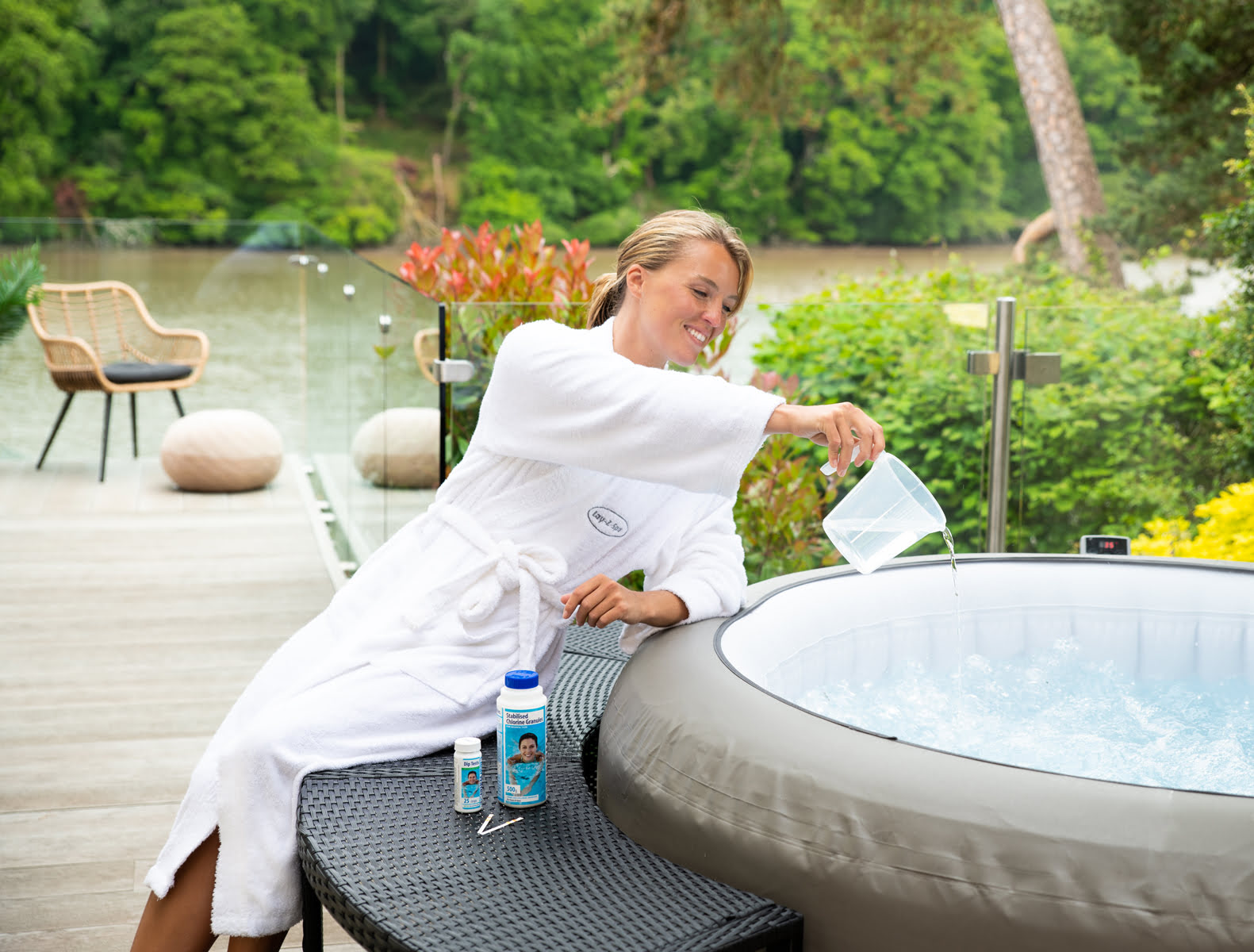

Pool & Spa Care
What Hot Tub Chemicals Are Best
Modified: January 9, 2024
Discover the best hot tub chemicals for pool and spa care. Find out which chemicals are essential for maintaining a clean and balanced hot tub.
(Many of the links in this article redirect to a specific reviewed product. Your purchase of these products through affiliate links helps to generate commission for Storables.com, at no extra cost. Learn more)
Introduction
Welcome to the wonderful world of hot tub care! Whether you’re a seasoned hot tub owner or a newcomer to the joys of soaking in warm, bubbling water, maintaining your spa’s water quality is essential for a safe and enjoyable experience. One of the key aspects of hot tub maintenance is using the right chemicals to keep the water clean, balanced, and free from contaminants.
Choosing the best hot tub chemicals can seem like a daunting task, especially with the wide array of products available on the market. However, understanding the purpose and benefits of each type of chemical can make the selection process much simpler. From traditional chlorine-based options to alternative sanitizers and water balancers, there’s a wealth of products designed to cater to the specific needs of your hot tub.
In this comprehensive guide, we’ll explore the various types of hot tub chemicals, their functions, and the benefits they offer. By the end of this journey, you’ll have a deeper understanding of which hot tub chemicals are best suited for your specific spa care needs, allowing you to maintain crystal-clear water and a relaxing hot tub environment for years to come.
Key Takeaways:
- Choose the right hot tub chemicals to keep your spa clean and safe. From chlorine and bromine to non-chlorine shock and pH balancers, each type plays a crucial role in maintaining water quality and ensuring a positive soaking experience.
- Regular testing, proper dosing, and proactive maintenance are essential for a healthy hot tub. Stay informed about the functions and benefits of various hot tub chemicals to make informed decisions that support the longevity and cleanliness of your spa.
Read more: What Is The Best Hot Tub Brand
Chlorine-based Chemicals
When it comes to hot tub sanitation, chlorine-based chemicals are among the most popular and effective options. Chlorine works by effectively killing bacteria, viruses, and algae in the water, ensuring that your hot tub remains a safe and hygienic environment for relaxation. There are several forms of chlorine-based products available, each with its own unique properties and application methods.
Chlorine Granules: These fast-dissolving granules are a convenient way to sanitize your hot tub. They can be added directly to the water and are ideal for regular maintenance to keep the water clean and free from harmful microorganisms.
Chlorine Tablets: Chlorine tablets are a popular choice for continuous sanitization. These slow-dissolving tablets can be used in a floating dispenser or an automatic feeder, providing a steady release of chlorine to keep the water sanitized over an extended period.
It’s important to maintain the proper chlorine level in your hot tub, typically between 3-5 parts per million (ppm), to ensure effective sanitation without causing skin or eye irritation. Regular testing of the chlorine levels using test strips or a liquid test kit is essential for maintaining the ideal balance.
While chlorine is highly effective at killing bacteria and contaminants, it’s important to be mindful of potential drawbacks. Chlorine can produce strong odors and cause skin and eye irritation if not properly balanced. Additionally, it can degrade under sunlight, requiring frequent monitoring and adjustment.
When using chlorine-based chemicals, it’s crucial to follow the manufacturer’s instructions carefully and handle the products with caution to ensure safe and effective hot tub maintenance.
Bromine-based Chemicals
For hot tub owners seeking an alternative to chlorine, bromine-based chemicals offer a reliable and effective sanitization option. Bromine is known for its ability to provide consistent sanitation in hot water environments, making it a popular choice for spas and hot tubs. Unlike chlorine, bromine remains stable at higher temperatures, making it well-suited for hot tubs and spas that typically operate at elevated temperatures.
Bromine Tablets: Similar to chlorine tablets, bromine tablets are a convenient way to introduce bromine into the hot tub water. They can be used in a floating dispenser or an automatic feeder, gradually releasing bromine to sanitize the water over time. Bromine’s slow dissolving nature makes it an excellent choice for maintaining a consistent level of sanitation in the hot tub.
One of the key advantages of bromine is its resilience in the presence of sunlight, making it a reliable sanitizer for outdoor hot tubs exposed to direct sunlight. Additionally, bromine is less likely to produce strong chemical odors compared to chlorine, providing a more pleasant soaking experience for hot tub users.
When using bromine-based chemicals, it’s important to monitor the bromine levels regularly, aiming for a recommended range of 3-5 parts per million (ppm) for effective sanitation. Testing the water using bromine test strips or a liquid test kit will help ensure that the bromine levels are within the optimal range.
While bromine offers numerous benefits for hot tub sanitation, it’s essential to follow the manufacturer’s guidelines for proper usage and handling. Understanding the unique properties of bromine-based chemicals and their interaction with hot tub water will enable you to maintain a clean, safe, and enjoyable hot tub environment for relaxation and rejuvenation.
Non-chlorine Shock
Non-chlorine shock, also known as MPS (monopersulfate compound), is a powerful oxidizing agent used to eliminate organic contaminants and impurities in hot tub water. Unlike traditional chlorine-based shock treatments, non-chlorine shock does not raise the chlorine level in the water, making it an ideal choice for hot tub owners looking to minimize the use of chlorine or bromine.
When added to the hot tub water, non-chlorine shock effectively breaks down organic compounds, such as sweat, body oils, and cosmetic residues, that can accumulate and contribute to water cloudiness and unpleasant odors. This process helps to restore water clarity and freshness, creating a more inviting and hygienic hot tub environment for users.
Non-chlorine shock is available in granular form and can be added directly to the hot tub water. It’s recommended to use non-chlorine shock on a weekly basis to maintain water quality and prevent the buildup of organic contaminants. Additionally, non-chlorine shock can be used after heavy hot tub usage or as part of a regular maintenance routine to keep the water pristine and inviting.
One of the key advantages of non-chlorine shock is its ability to work effectively in both chlorine and bromine sanitized hot tubs, making it a versatile option for various spa care regimens. It also helps to reduce the demand on traditional sanitizers, prolonging their effectiveness and enhancing overall water quality.
Using non-chlorine shock as part of your hot tub maintenance routine can contribute to a more enjoyable and refreshing soaking experience. By effectively oxidizing organic contaminants and maintaining water clarity, non-chlorine shock plays a vital role in preserving the cleanliness and appeal of your hot tub, ensuring that it remains a welcoming oasis for relaxation and rejuvenation.
pH Balancers
Maintaining the proper pH balance in your hot tub water is essential for ensuring effective sanitation and preventing potential damage to the hot tub equipment and surfaces. The pH level indicates the acidity or alkalinity of the water, with the ideal range for hot tubs typically falling between 7.2 and 7.8 on the pH scale. pH balancers are used to adjust the pH level of the water, helping to maintain a comfortable and safe environment for hot tub users while preserving the integrity of the spa components.
pH Increasers: When the pH level of the hot tub water drops below the recommended range, pH increasers, such as sodium carbonate (soda ash), can be added to raise the pH to the desired level. Low pH levels can lead to corrosive water, causing damage to the hot tub surfaces and equipment, as well as causing skin and eye irritation for bathers.
pH Decreasers: On the other hand, if the pH level of the water rises above the optimal range, pH decreasers, such as sodium bisulfate, can be used to lower the pH and restore it to the appropriate level. High pH levels can result in scale formation, cloudy water, and reduced effectiveness of sanitizers, impacting the overall water quality and user experience.
Regularly testing the pH level of the hot tub water using test strips or a liquid test kit is crucial for monitoring the water balance and making necessary adjustments. By maintaining the pH within the recommended range, hot tub owners can ensure comfortable and safe water conditions, prolong the lifespan of their hot tub, and provide a more enjoyable and relaxing experience for bathers.
By understanding the importance of pH balance and utilizing pH balancers as part of your hot tub maintenance routine, you can contribute to a healthier and more sustainable hot tub environment, preserving the longevity of the equipment and enhancing the overall enjoyment of your spa experience.
When choosing hot tub chemicals, look for ones that are specifically designed for hot tubs and are easy to use. It’s important to have a sanitizer, shock treatment, pH balancer, and alkalinity increaser on hand to keep your hot tub clean and safe for use.
Read more: What Is The Best Hot Tub On The Market
Alkalinity Increasers and Decreasers
Hot tub alkalinity plays a crucial role in maintaining the stability of the pH level and preventing rapid fluctuations that can impact water quality and user comfort. Alkalinity increasers and decreasers are essential tools for managing the total alkalinity of the hot tub water, ensuring that it remains within the optimal range for a balanced and enjoyable soaking experience.
Alkalinity Increasers: When the total alkalinity of the hot tub water falls below the recommended range of 80-120 parts per million (ppm), alkalinity increasers, such as sodium bicarbonate (baking soda), can be added to raise the alkalinity level. Proper alkalinity helps to buffer the pH level, preventing rapid fluctuations and promoting stable water conditions.
Alkalinity Decreasers: If the total alkalinity of the water exceeds the ideal range, alkalinity decreasers, such as muriatic acid, can be used to lower the alkalinity to the desired level. High alkalinity can lead to pH instability, cloudy water, and reduced effectiveness of sanitizers, impacting the overall water quality and user experience.
By maintaining the total alkalinity within the recommended range, hot tub owners can contribute to a more stable and comfortable soaking environment, preventing potential issues related to pH fluctuations and water balance. Regularly testing the alkalinity level of the hot tub water using test strips or a liquid test kit is essential for monitoring and adjusting the alkalinity as needed.
Understanding the role of alkalinity in hot tub water balance and utilizing alkalinity increasers and decreasers as part of your spa care routine can help to create a more enjoyable and sustainable hot tub experience, ensuring that the water remains clear, balanced, and inviting for relaxation and rejuvenation.
Calcium Hardness Increasers and Decreasers
Calcium hardness refers to the concentration of calcium ions in the hot tub water, playing a vital role in preventing potential damage to the spa equipment and surfaces. Proper calcium hardness levels help maintain the structural integrity of the water and prevent issues such as corrosion or scale formation. Calcium hardness increasers and decreasers are essential for managing the calcium content, ensuring a balanced and sustainable hot tub environment.
Calcium Hardness Increasers: When the calcium hardness level in the hot tub water falls below the recommended range of 150-250 parts per million (ppm), calcium hardness increasers, typically in the form of calcium chloride, can be added to raise the calcium hardness to the desired level. Adequate calcium hardness helps prevent the water from becoming corrosive, protecting the hot tub surfaces and equipment.
Calcium Hardness Decreasers: In some cases, particularly in areas with high calcium content in the water supply, the calcium hardness level may exceed the optimal range. In such instances, calcium hardness decreasers can be used to lower the calcium hardness and restore it to the appropriate level, reducing the risk of scale formation and maintaining water balance.
Regularly testing the calcium hardness level of the hot tub water using test strips or a liquid test kit is essential for monitoring and adjusting the calcium content as needed. By maintaining the calcium hardness within the recommended range, hot tub owners can contribute to a more sustainable and enjoyable soaking experience, preserving the longevity of the equipment and enhancing water quality.
Understanding the significance of calcium hardness in hot tub water balance and utilizing calcium hardness increasers and decreasers as part of your spa care routine can help create a more stable and comfortable hot tub environment, ensuring that the water remains clear, balanced, and inviting for relaxation and rejuvenation.
Stain and Scale Control
Stains and scale buildup in hot tubs can detract from the overall aesthetic appeal and water quality, potentially causing damage to the surfaces and equipment. Stain and scale control products are designed to prevent and combat these issues, preserving the visual appeal of the hot tub and maintaining a clean and inviting environment for users.
Stain Control: Hot tub stain control products are formulated to prevent and eliminate unsightly stains caused by metals, organic debris, or other contaminants in the water. These products often contain sequestering agents that bind to metals and minerals, preventing them from precipitating out of the water and causing discoloration on the hot tub surfaces.
Regular use of stain control products can help maintain the pristine appearance of the hot tub, preventing the formation of stubborn stains and minimizing the need for extensive cleaning and maintenance efforts. Additionally, these products contribute to a more visually appealing and inviting hot tub environment for bathers.
Scale Control: Scale control products are designed to inhibit the formation of scale, which can occur due to the precipitation of minerals such as calcium and magnesium in the hot tub water. Scale buildup can lead to cloudy water, reduced water flow in the plumbing, and potential damage to the hot tub components.
By incorporating scale control products into your hot tub maintenance routine, you can effectively prevent the accumulation of scale, preserving the efficiency of the hot tub system and ensuring optimal water circulation and clarity. Scale control products contribute to a more sustainable and hassle-free hot tub experience, reducing the need for extensive cleaning and maintenance due to scale-related issues.
By understanding the importance of stain and scale control in hot tub maintenance and utilizing these specialized products as part of your spa care regimen, you can contribute to a more visually appealing, sustainable, and enjoyable hot tub environment, ensuring that the water remains clear, balanced, and inviting for relaxation and rejuvenation.
Water Clarifiers and Enzymes
Water clarifiers and enzymes play a vital role in maintaining the cleanliness and clarity of hot tub water, enhancing the overall visual appeal and user experience. These specialized products are designed to address common issues such as cloudy water, organic debris, and the accumulation of oils and lotions, ensuring that the hot tub remains a pristine and inviting environment for relaxation.
Water Clarifiers: Hot tub water clarifiers are formulated to coagulate fine particles and impurities in the water, making it easier for the filtration system to capture and remove them. By enhancing the filtration process, water clarifiers help to reduce cloudiness and improve water clarity, creating a more visually appealing and inviting hot tub environment for users.
Regular use of water clarifiers can contribute to a consistently clear and sparkling appearance of the hot tub water, reducing the need for excessive backwashing and enhancing the overall effectiveness of the filtration system. Additionally, water clarifiers promote a more enjoyable and rejuvenating soaking experience for hot tub users.
Enzymes: Enzyme-based products are designed to break down and digest organic contaminants such as body oils, lotions, and other residues that can accumulate in the hot tub water. By effectively degrading organic matter, enzymes help prevent the formation of scum lines, reduce unpleasant odors, and maintain water clarity, contributing to a cleaner and more hygienic hot tub environment.
Utilizing enzymes as part of your hot tub maintenance routine can help to minimize the buildup of organic residues, prolong the lifespan of the hot tub filters, and reduce the frequency of water changes and extensive cleaning efforts. Enzyme-based products offer a natural and eco-friendly approach to hot tub care, promoting a healthier and more sustainable soaking experience.
By understanding the benefits of water clarifiers and enzymes in hot tub maintenance and incorporating these specialized products into your spa care regimen, you can contribute to a cleaner, clearer, and more enjoyable hot tub environment, ensuring that the water remains inviting for relaxation and rejuvenation.
Read more: What Is The Best Portable Hot Tub
Conclusion
Caring for your hot tub involves a combination of diligence, knowledge, and the use of the right chemicals to maintain a clean, safe, and inviting environment for relaxation. From traditional sanitizers like chlorine and bromine to specialized products such as non-chlorine shock, pH balancers, and stain and scale control, each type of hot tub chemical plays a crucial role in preserving water quality and ensuring a positive soaking experience.
Choosing the best hot tub chemicals involves understanding the unique properties and functions of each product, as well as their compatibility with your specific hot tub setup and maintenance preferences. By incorporating the appropriate chemicals into your spa care routine, you can effectively address common water quality issues, prevent damage to the hot tub components, and create a more enjoyable and sustainable hot tub environment.
Regular testing of the hot tub water, proper chemical dosing, and adherence to manufacturer guidelines are essential for maintaining the balance and effectiveness of the chemicals used. Additionally, a proactive approach to hot tub maintenance, including routine cleaning, filter maintenance, and water circulation, complements the use of chemicals and contributes to a healthier and more enjoyable hot tub experience.
Ultimately, the selection and application of hot tub chemicals should align with your specific needs, preferences, and environmental factors to ensure optimal water quality and user comfort. By staying informed about the functions and benefits of various hot tub chemicals, you can make informed decisions that support the longevity, cleanliness, and appeal of your hot tub, creating a welcoming oasis for relaxation and rejuvenation.
With the right combination of knowledge, care, and the use of quality hot tub chemicals, you can enjoy the benefits of a clean, clear, and inviting hot tub environment, providing a haven for relaxation and a source of well-being for years to come.
Frequently Asked Questions about What Hot Tub Chemicals Are Best
Was this page helpful?
At Storables.com, we guarantee accurate and reliable information. Our content, validated by Expert Board Contributors, is crafted following stringent Editorial Policies. We're committed to providing you with well-researched, expert-backed insights for all your informational needs.
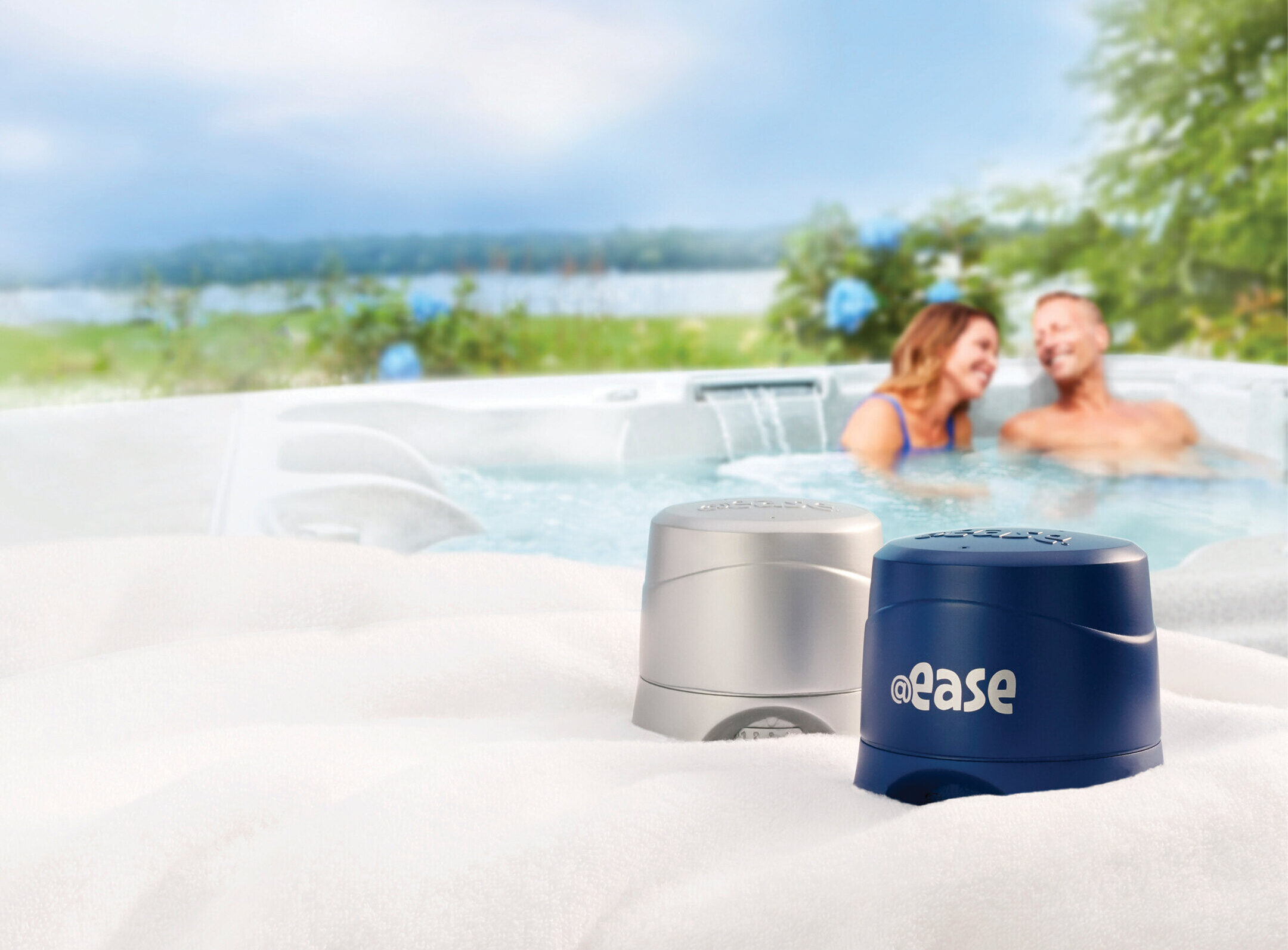
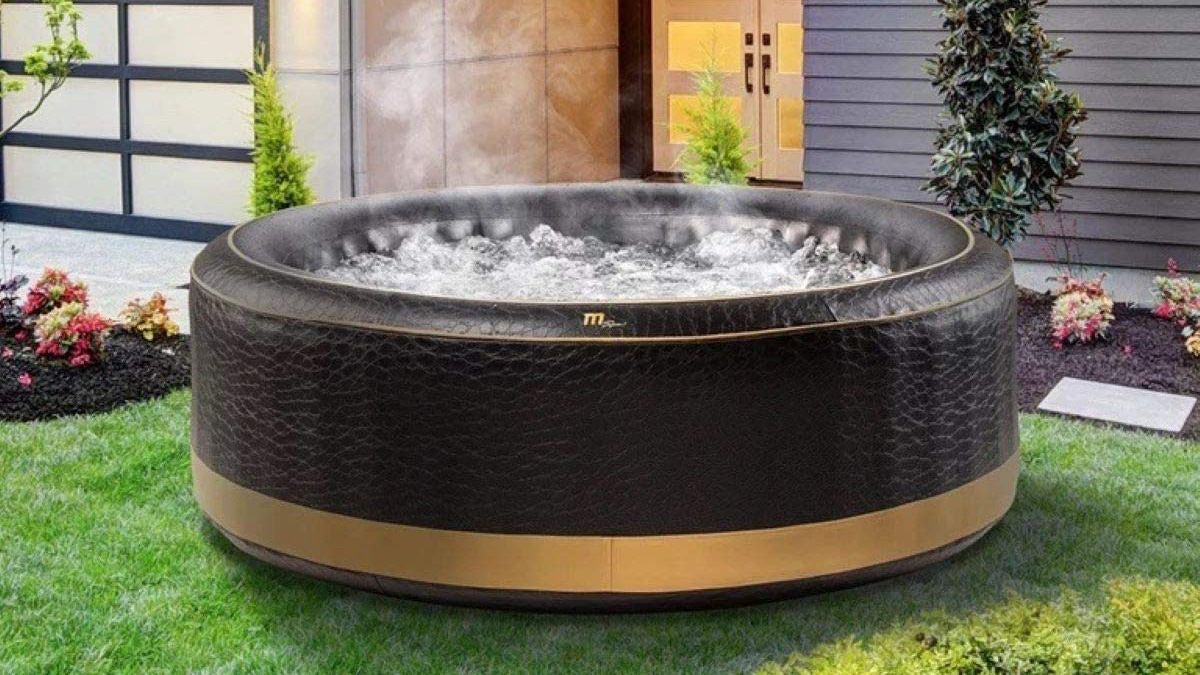
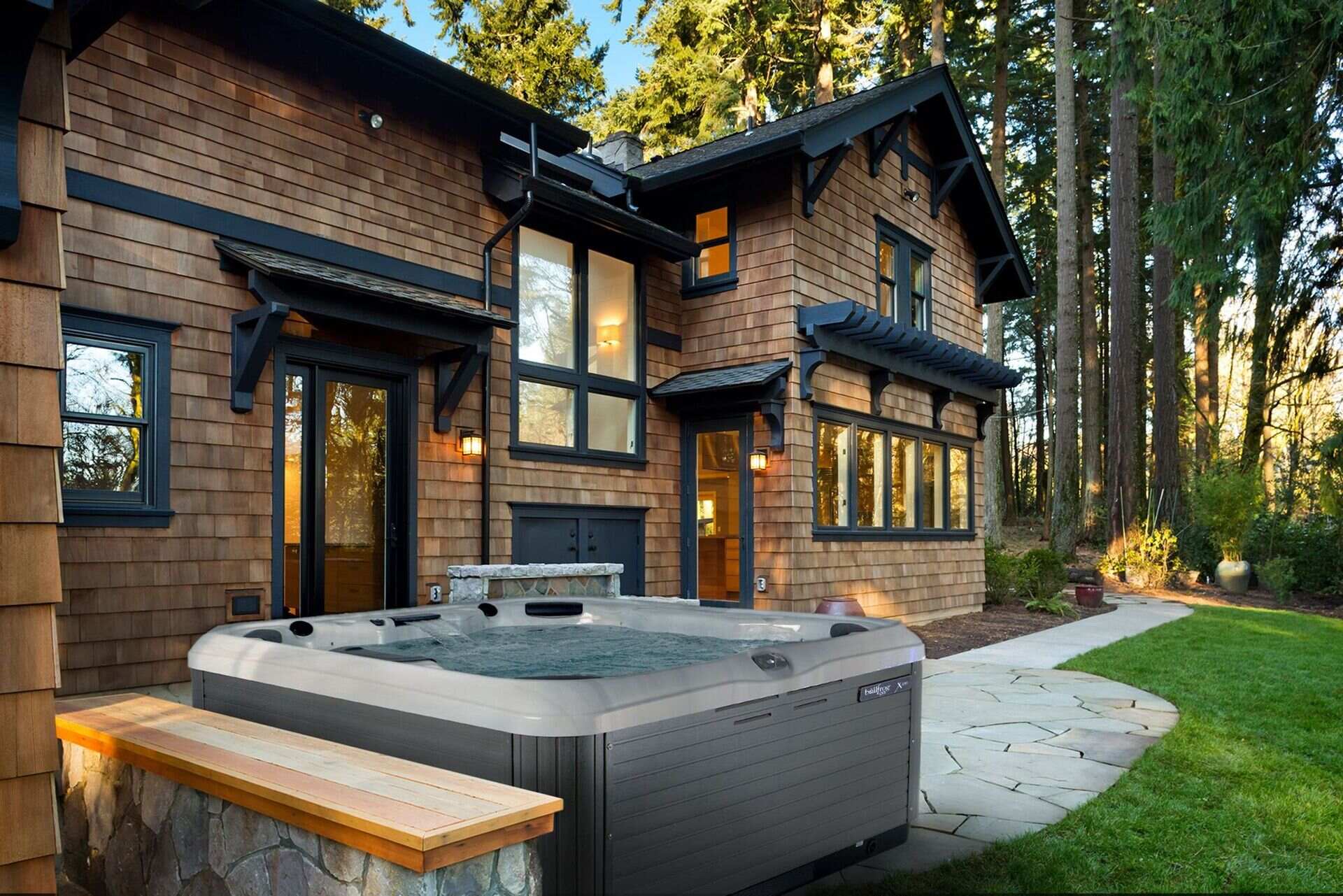
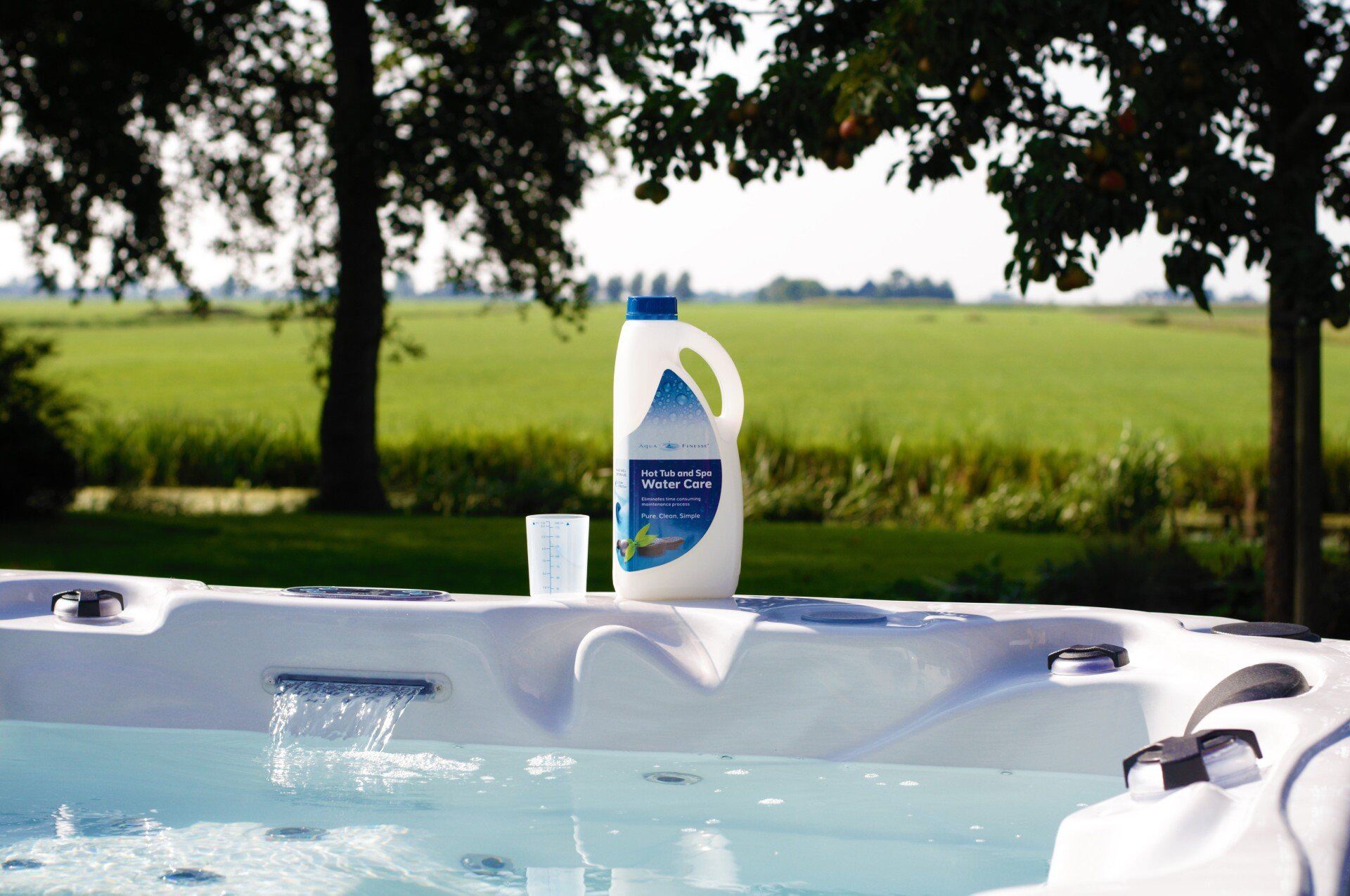
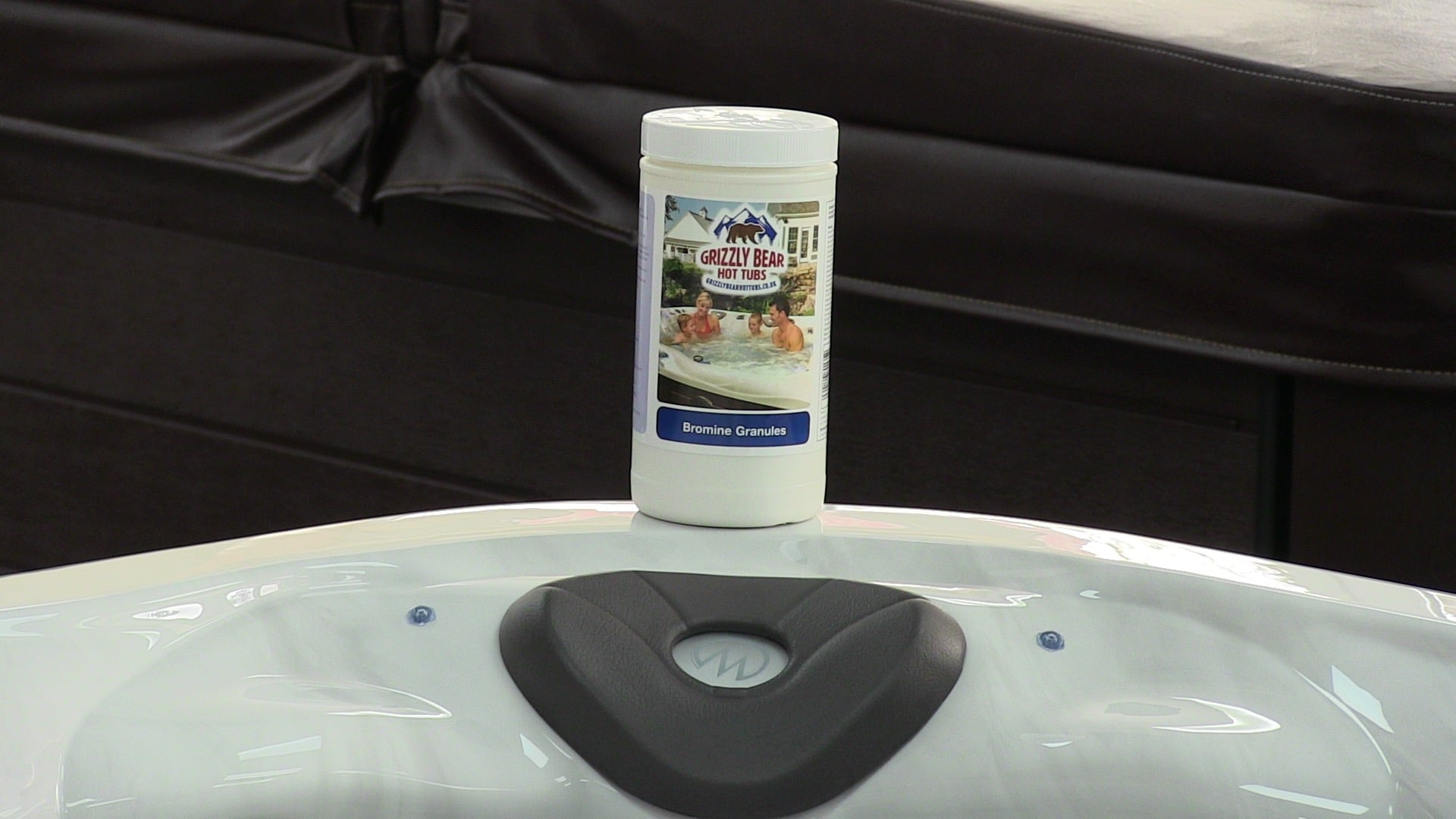
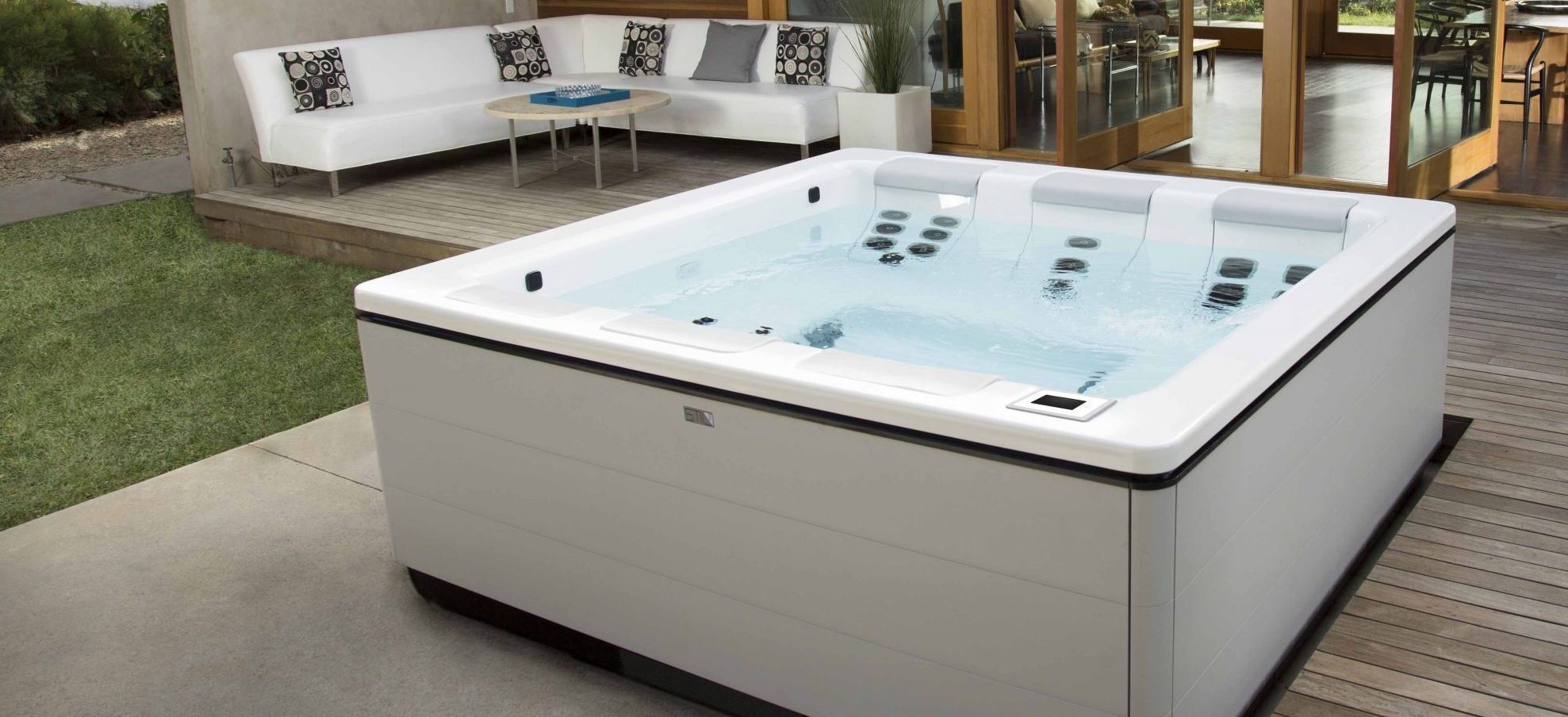
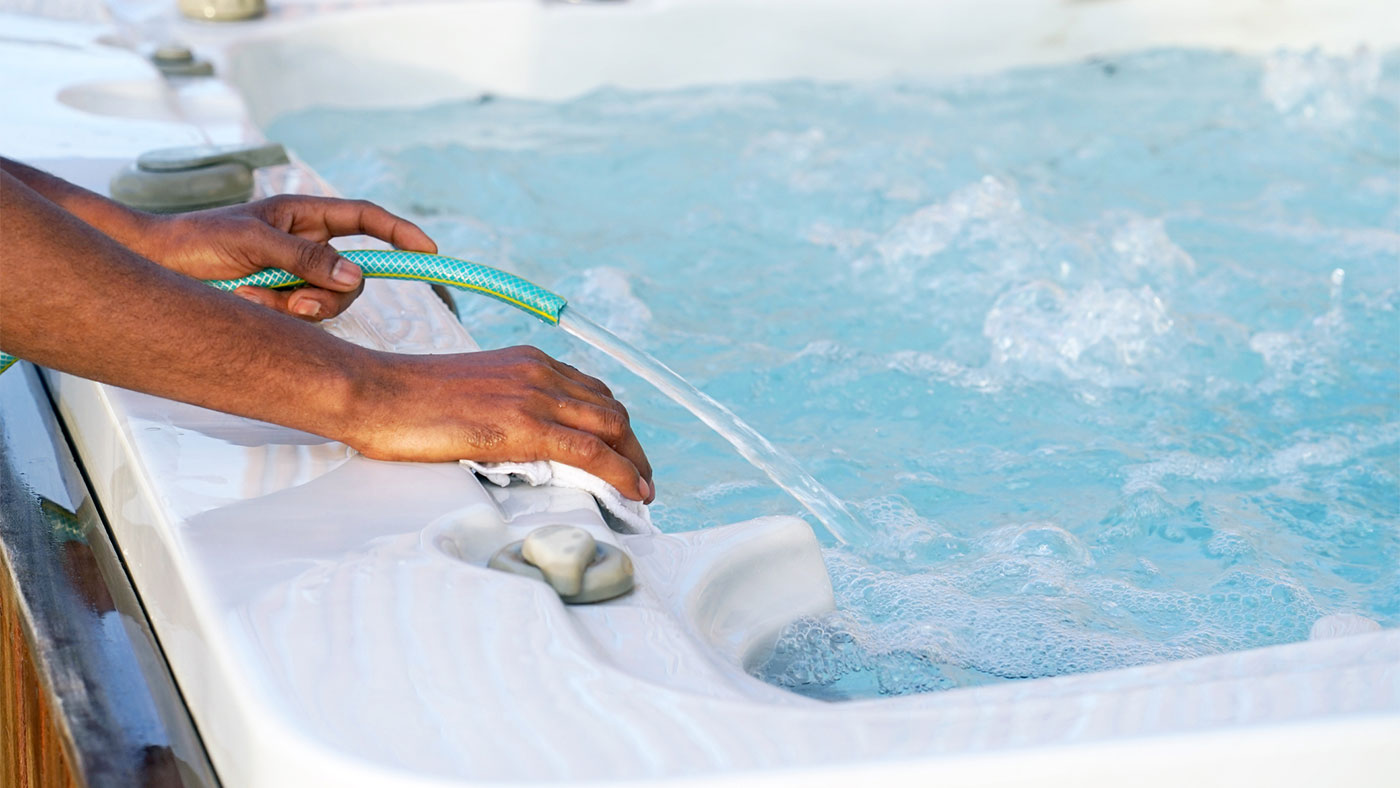
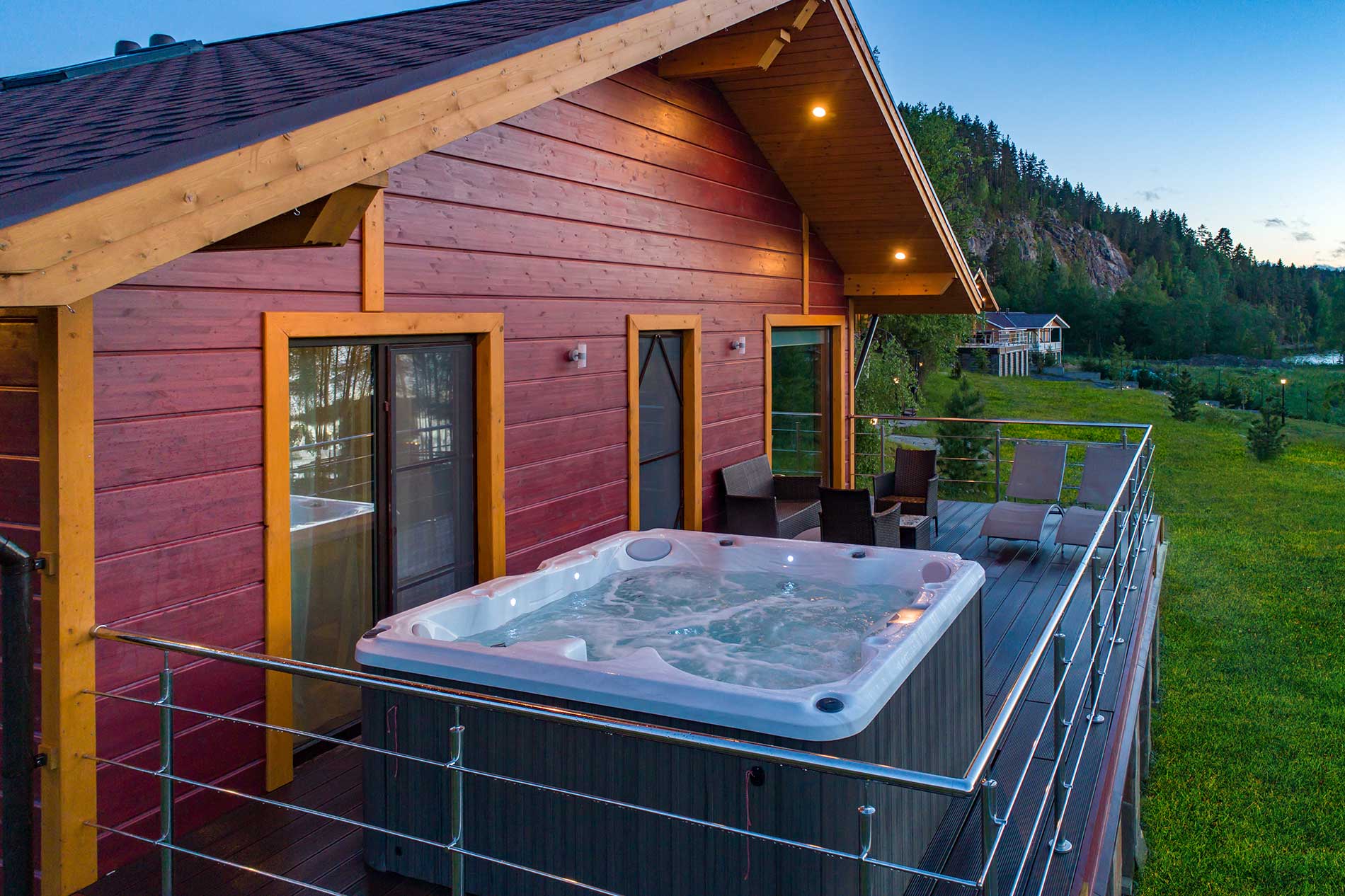
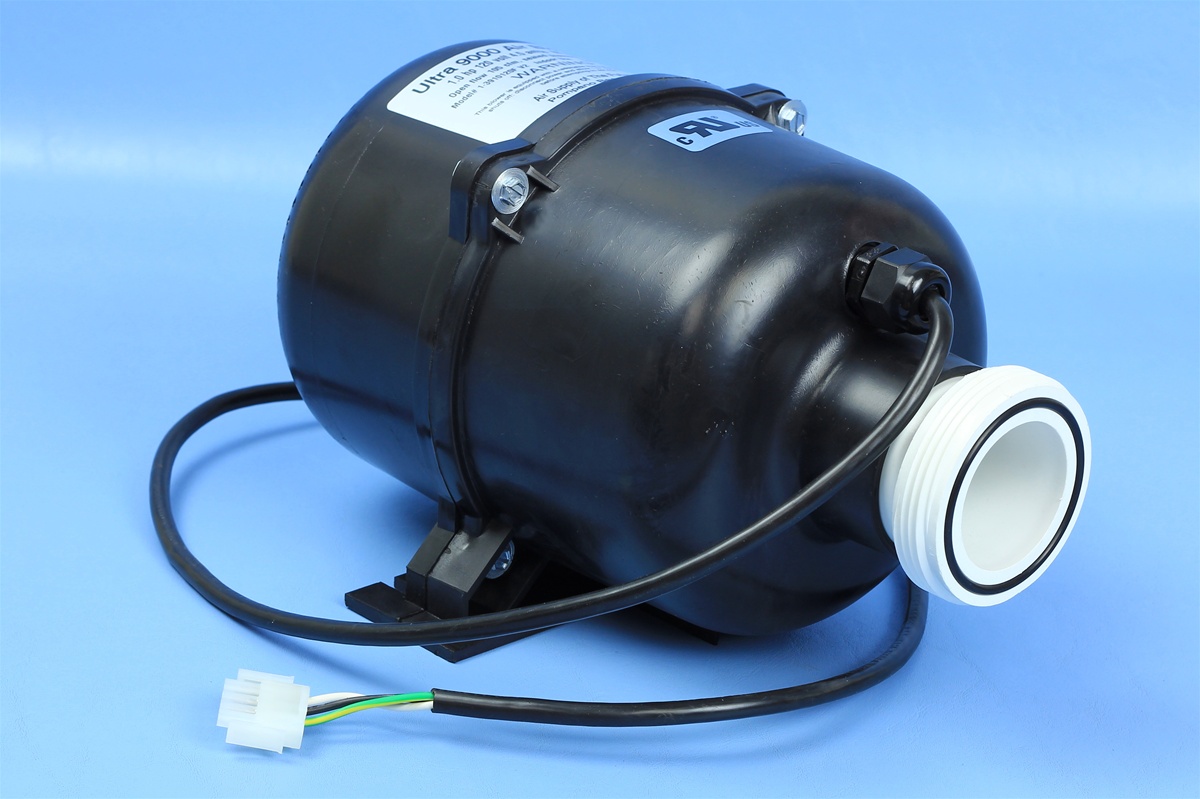
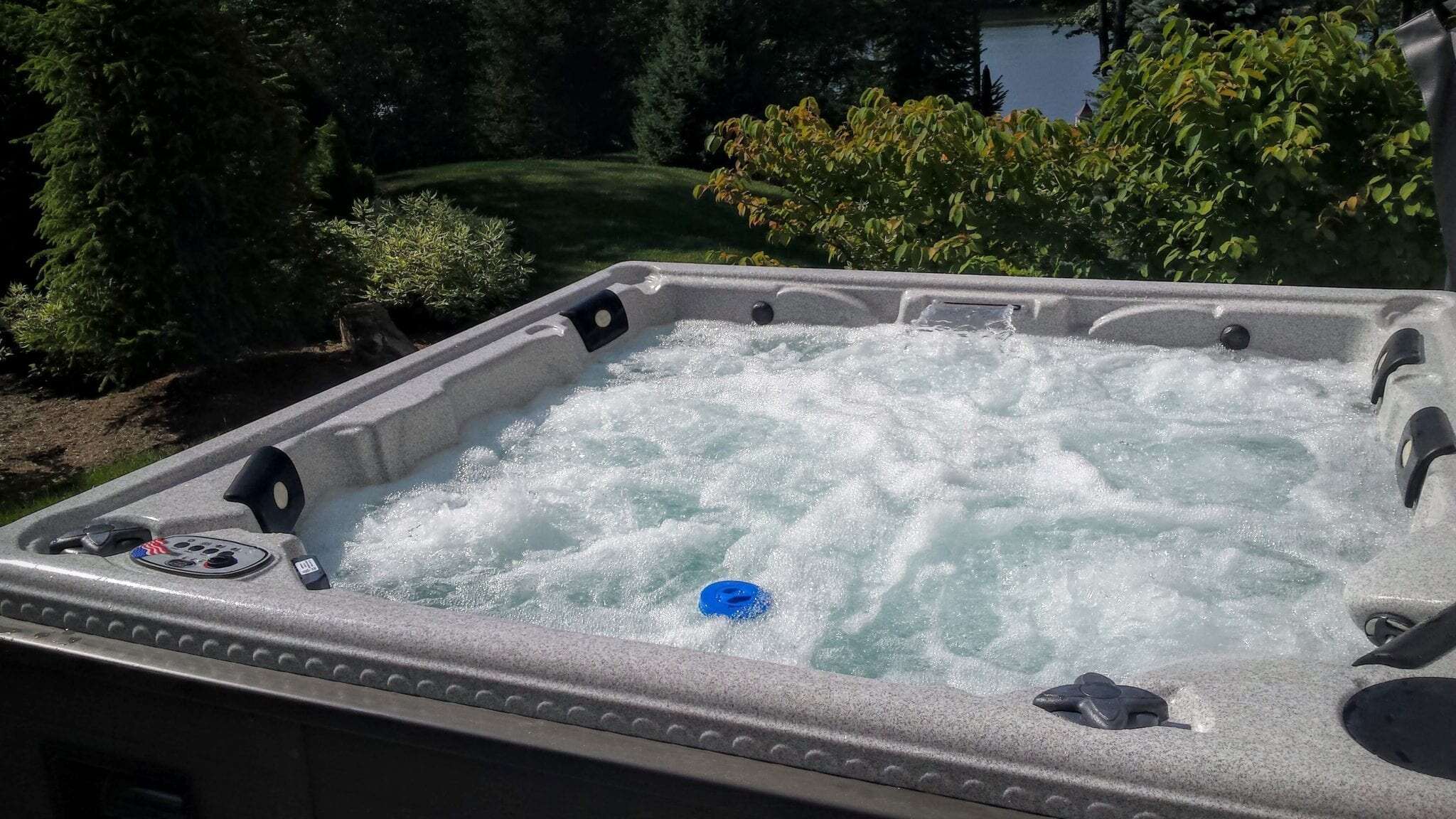
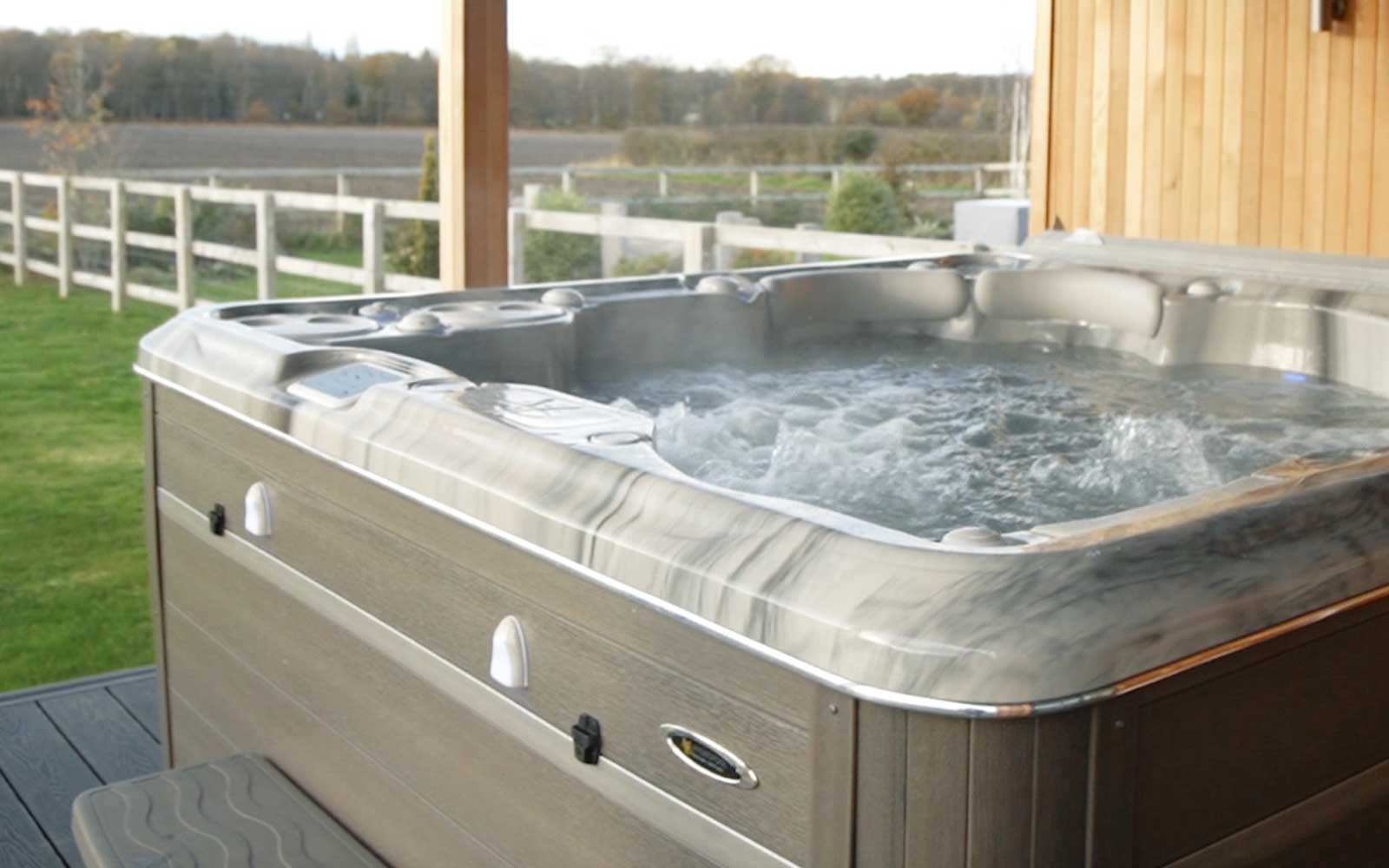
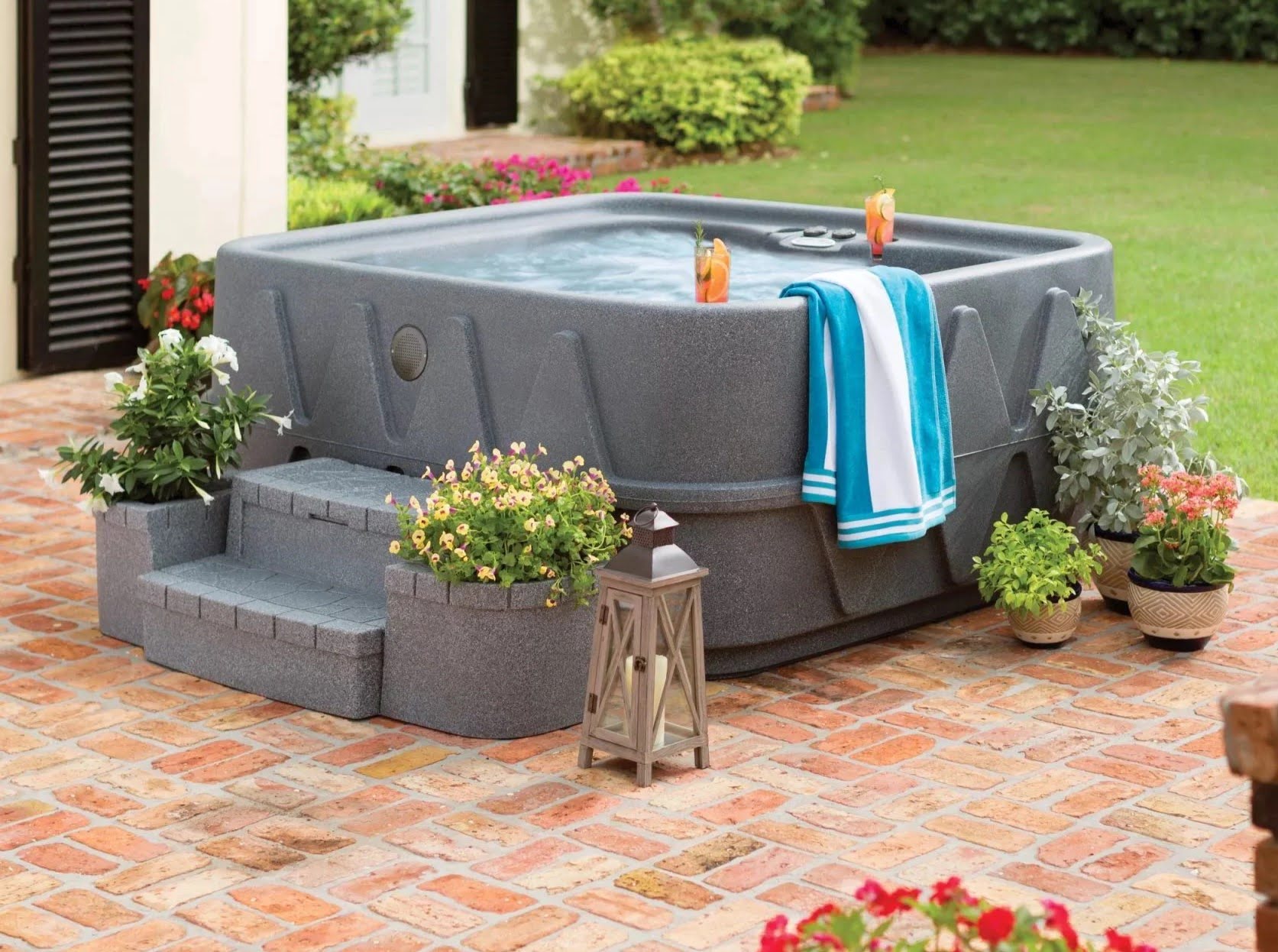
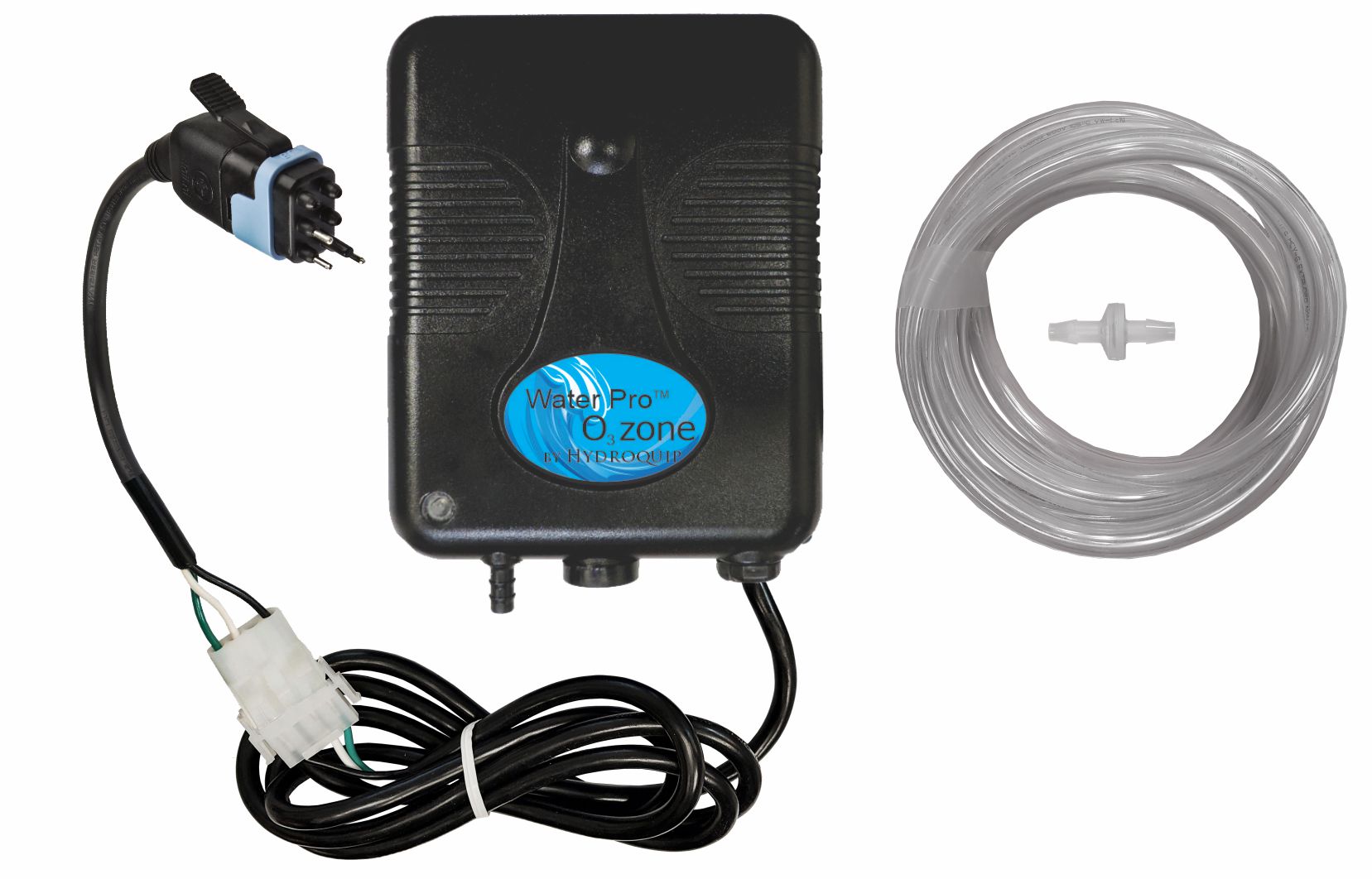

0 thoughts on “What Hot Tub Chemicals Are Best”